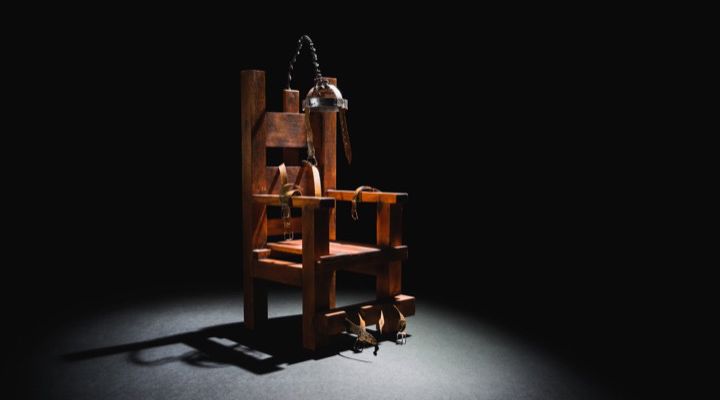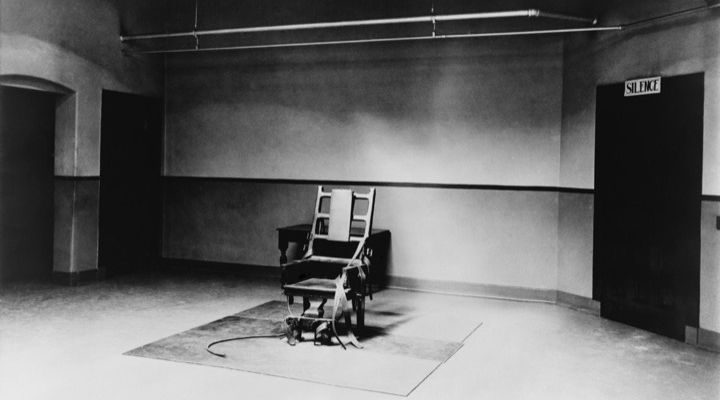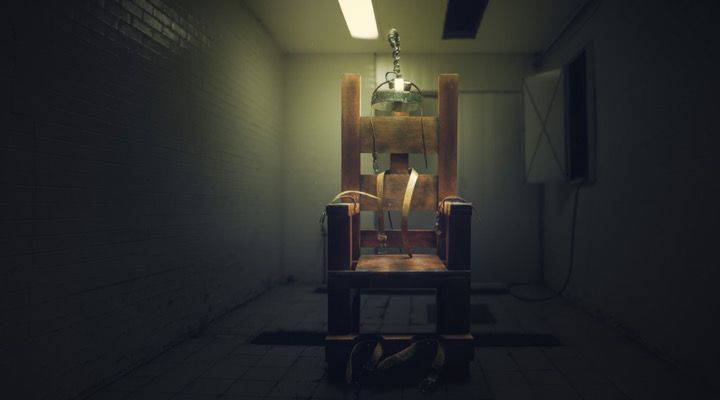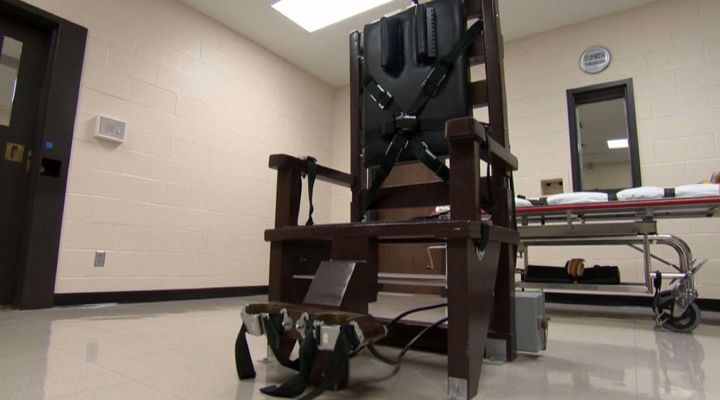The convicted murderer sat in his cell, awaiting the day of reckoning. It had been nearly four decades since he committed the crime that landed him there; a lifetime for some unfortunate people. All that time, waiting for the moment to come and finally, it was time to pay the piper.
This sort of thing happens in prisons all over the United States. Capital punishment has remained a part of many states’ law enforcement methodology for many years. But 61-year-old convict David Earl Miller’s execution is a bit different than those that came before him; he got to choose how he died. And his choice might surprise you…
Didn’t Intervene
Cliche as the notion was, part of Miller believed that he might actually get a reprieve from Tennessee’s Governor Bill Haslam. Unfortunately for him, that sort of thing rarely happens these days, even in strange cases like his own. Governor Haslam declined to intervene in his execution and it would proceed as scheduled.
Decades on the Row
Miller had spent 36 years on death row. If you think that sounds like a long time to be on the chopping block, you’re not alone. Many death row inmates spend years waiting for their execution, but very few wait that long. Finally, it was Miller’s time to go and the method he’d chosen to ensure his punishment was one that hadn’t been used in years.
Wetting the Sponge
And so, Miller sat down in the chair in his cream-colored jumpsuit. Water dripped down his cheeks, not tears, but the water from the sponge that they’d applied to the top of his head. This water would conduct the electricity from the apparatus directly to his brain, killing him instantly and ensuring a swift end.
One Last Bright Spark
Even as he sat there, the 61-year-old inmate was made aware that he was only the second person to be executed by the electric chair in many, many years. His was about to be the third time since the 1960s. The other person, Edmund Zagorski, came before him and made the same choice. But why would anyone make that choice given the other options available?
By Definition
The Death Penalty, sometimes known by its proper name as capital punishment, is defined as the government-sanctioned practice of the state killing a criminal as punishment for a crime. Capital offenses, that is to say, crimes punishable by death, include murder, treason, espionage, crimes against humanity, genocide, and war crimes.
A Choice
Miller and Zagorski had been given the choice between lethal injection and the electric chair, both of which had been previously considered to be the most humane way to end someone’s life. Proponents of lethal injection would argue that this was the more painless and humane of the options available, but the convicted killers were not so sure.
Final Words
The shroud covered his head and he looked down into the darkness of it. The gathered reporters, officials, and victim’s family members before him watched on as the state executioner asked for his final words. Miller thought for a moment and said, “It beats being on death row!” and they threw the switch.
One Long Zap
Two jolts of electricity were administered and the muscles within Miller’s entire body clenched violently. The blinds to the chamber were lowered and a few minutes later, the gathered crowd was told that he was dead. Many who witnessed wondered why Miller would choose that method but in order to get answers, we must look into the practice itself.
History
The practice of executing criminals is a historic one. Since the beginning of civilization, nearly all societies have used it as a means of ridding themselves of criminals who for one reason or another, have been deemed too dangerous to be kept alive. This was especially true until the beginning of the nineteenth century when developed prison systems became practical enough to use.
Types of Capital Punishment
In the modern age, those who still use capital punishment do so by using many different methods. The most common of these include, hanging, firing squad, electric chair, and lethal injection. These days, almost all other methods have been superseded by lethal injection. Before their deaths though, Miller and Zagorski had heard some unwelcome things about that particular punishment.
Miller’s Choice
Originally slated for lethal injection, the two inmates argued in court that Tennessee’s current midazolam-based method was not as humane as everyone made it sound. Their argument was that it could cause a prolonged and torturous death, and they had the evidence to prove it. This evidence came in the form of the August 2018 execution of Billy Ray Irick.
Rough Time of It
Despite Tennessee having adopted the lethal injection as it’s preferred method more than two decades prior, the method was still prone to some rather unwelcome kinks. Billy Ray Irick’s injection was indeed lethal, but it took him 20 minutes of coughing, huffing, and turning purple before he expired. The chair was looking like a better alternative, even for as a cruel a criminal as Miller.
Conviction
In 1981, David Earl Miller was convicted of killing 23-year-old Lee Standifer, a mentally handicapped woman who he’d taken out on a date. Standifer had been born with mild brain damage and Miller knew that going in, but something about what she said or did on the date convinced him that she needed to die.
Brutal Murder
Miller had killed the woman in a particularly brutal way as well. He beat her and stabbed her with a fire poker until she was dead, then he dragged her into the nearby woods. Even though he had done this terrible thing, he still had the same rights afforded to him as any other incarcerated American, so he got to choose his manner of dying, even with complications.
Punishment Served
The state attorneys had been worried that Miller’s choice of the chair meant his family could sue for unconstitutional capital punishment, but the fact that he had chosen it, precluded that option. Because they could find no more humane way to end his life, the case never made it to the courts and Miller’s punishment was served.
Malfunctions
Some of you may be wondering why Zagorski and Miller got the choice at all? It all goes back to an older statute in Tennessee concerning inmates whose crimes were committed before 1999. The choosing of the chair was not without its own perils. The maker of Tennessee’s version of “Old Sparky” actually warned that it could malfunction. Thankfully for them, it didn’t.
The Face of Execution
It’s no surprise that states have moved away from the electric chair in recent decades. If movies like The Green Mile are any indication, it can be a brutal form of capital punishment, and disastrous for everyone involved when it goes wrong. Robert Dunham holds the title of executive director of the Death Penalty Information Center and he has some things to say on the matter.
Unconstitutional
Though Dunham’s office doesn’t take an official stand on the death penalty, it is critical about its application, especially in terms of how constitutional or unconstitutional it is. About two decades ago, the US Supreme Court weighed in on the issue of the electric chair and only agreed to hear about it because of a series of botched executions in Florida.
All Over
Ultimately though, Florida decided to adopt lethal injection, and the case against the electric chair in the Supreme Court was dropped. Today, fifty-six countries retain capital punishment, America among them. China, India, Pakistan, Bangladesh, Nigeria, Egypt, Iran, among all mostly Islamic countries – places where nearly 60% of the world’s population live – still utilize the practice.
No-Kill Nations
There is a lighter side to things, however. Nearly 106 countries have completely abolished the Death Penalty for ordinary crimes, though they admittedly still come to it for war crimes. 28 of these countries have abolished it entirely. Time will tell if the age-old practice remains part of our justice system or if it goes the way of the dodo.




















